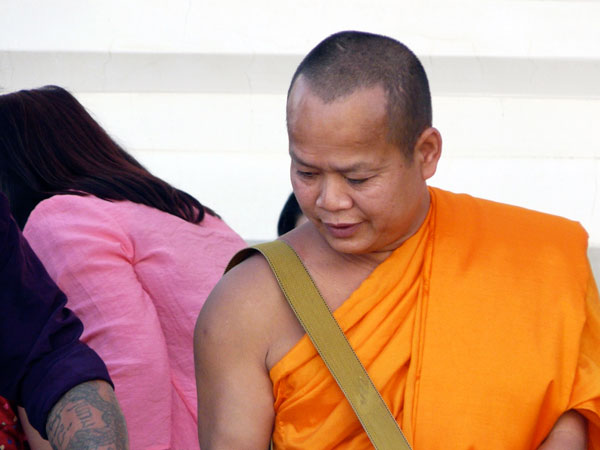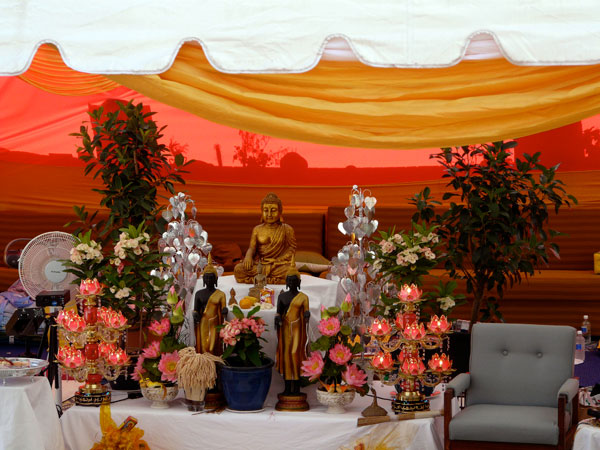On my Patch
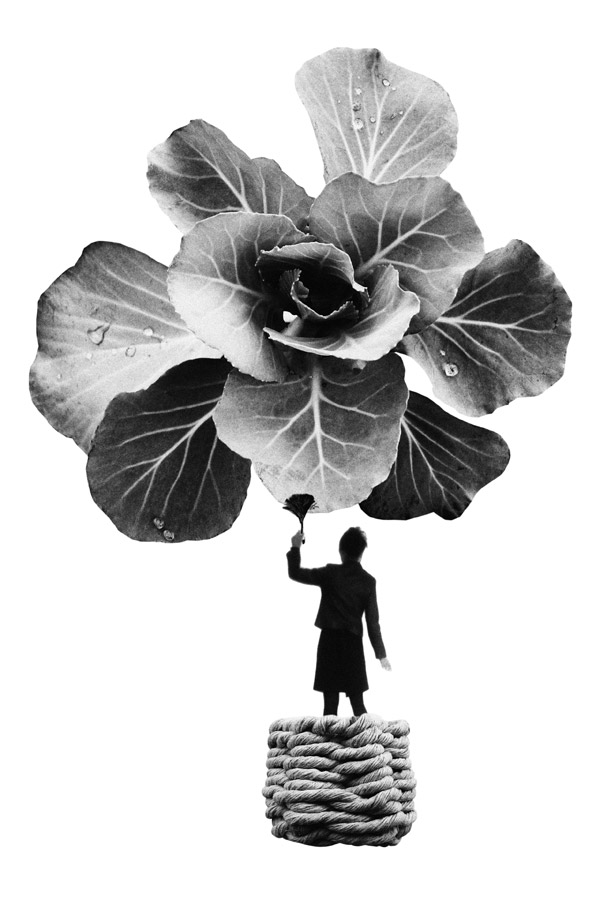
Hill Street Precinct will host 5 events responding to the Sydney Design theme, ‘Tell us a story’. Collectively, it’s called, ‘On my Patch’.
Saturday 31 July–Sunday 15 August
For times please visit
hillstreetprecinct.com/patch
2 Hill Street
Ground level:
Euroluce
Sarah King & Emma Elizabeth Coffey.
Installation based on the 1974 French film ‘Celine and Julie go Boating’ which informs 2 new furniture pieces—’Wing-back’ and ‘Mobile Luce’.
Level 4:
Samorn Sanixay, Eastern Weft.
‘Anithya’. A workshop installation showing how flowers, seeds, berries and plants collected locally and in season are used to dye handwoven textiles using traditional South East Asian techniques.
Level 4:
Knitty, Gritty & Loopy.
Hands-on workshops in which everyday waste is transformed into by-products of love that tell a story of where things come from and where they will go.
8 Hill Street
Ground level:
Workshopped.
Launch of ‘Usable Design’ exhibition featuring furniture and objects by designers who have exhibited over the past 10 years with Workshopped.
Level 1:
The Sewing Room.
A series of fashion and sewing workshops: tambour beading, fashion design and colour theory, fashion illustration, embroidery and beading techniques, pleating, chic t-shirt manipulations.
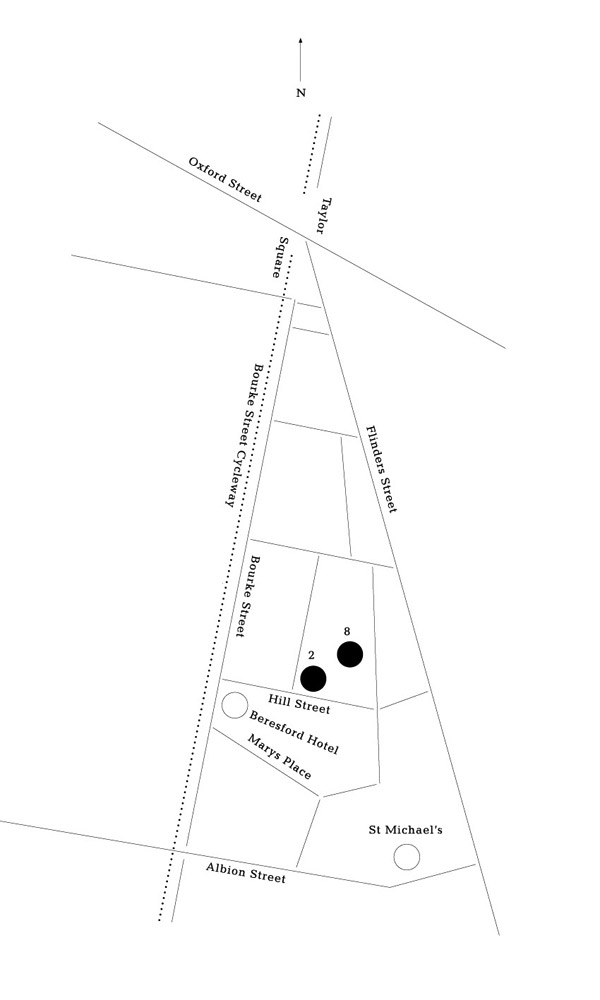
x
Underbelly Public Lab & Festival
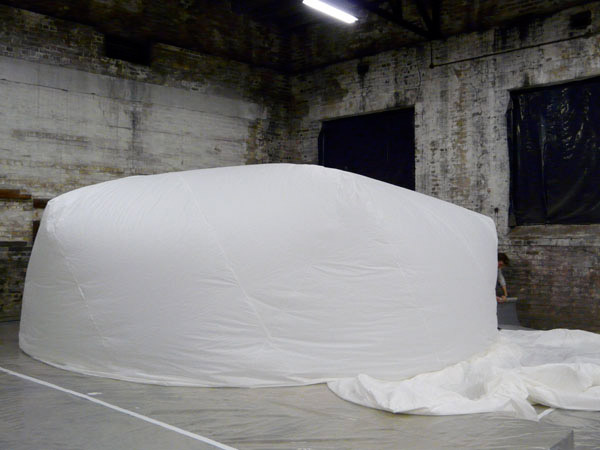
Some shots from a tour of the Underbelly Public Lab where emerging artists talked about their upcoming works for the Underbelly Arts Festival this coming Saturday 17 July. The festival is in Chippendale, Sydney. More details soon.
underbellyarts.com.au/2010
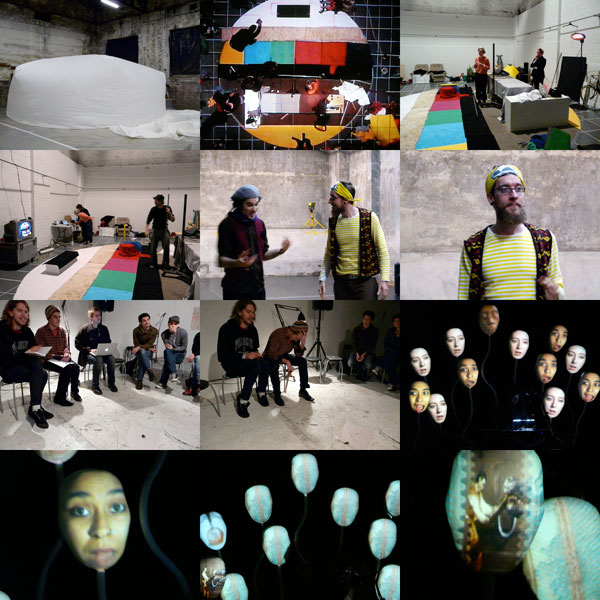
x
Local
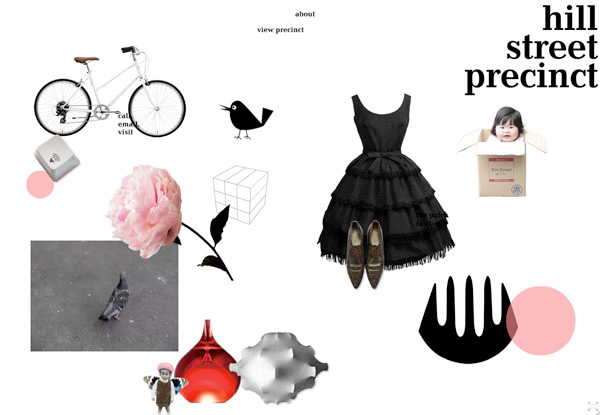
The new site for the Sydney precinct where we work will be up by Tuesday 11 May.
Both the Hill Street Precinct and the Tokyo Bike sites reflect some of our current explorations and likes: little videos of small places in cities, bikes, a kind of elegant disorder…and dots…
Conceptual approach: Heidi Dokulil, Graeme Smith. Editing and writing: Heidi Dokulil, Graeme Smith. Web design: Lee Wong, Graeme Smith. Creative direction: Graeme Smith.
Please visit
hillstreetprecinct.com
Tokyo Bike launch
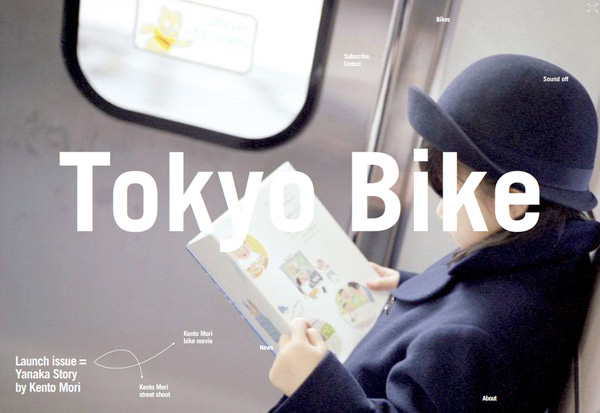
Tokyo Bike launched in Marys Place, Surry Hills, on Saturday 8 May.
Besides showing a range of beautiful, pared-back bikes and some smart (and kooky) accessories, the web site will run a series of feature stories throughout the year. The first is Yanaka Story—a story in still photography and video by the Japanese photographer Kento Mori.
Conceptual approach: Heidi Dokulil and Graeme Smith. Editing, writing, photo direction: Heidi Dokulil. Web design: Lee Wong, Graeme Smith. Identity design, creative direction, Graeme Smith. Principal photography and filming: Kento Mori. Shop design: Richard Peters, Heidi Dokulil. Badges: Beatrice Chew.
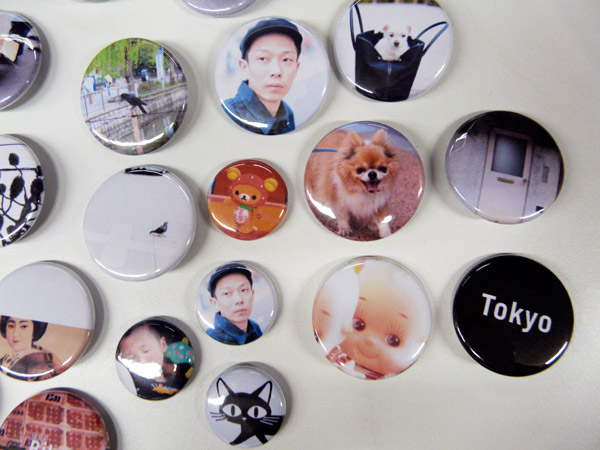
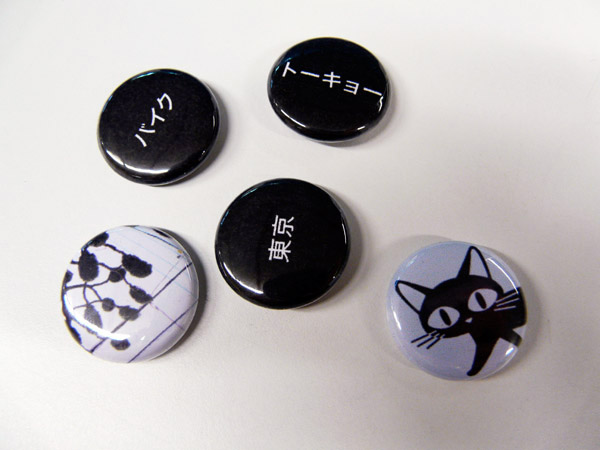
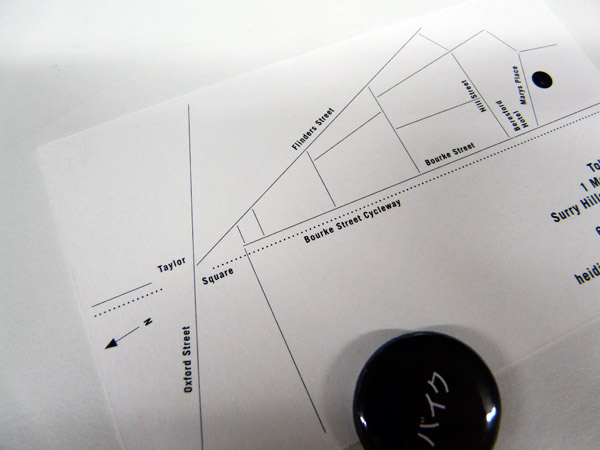
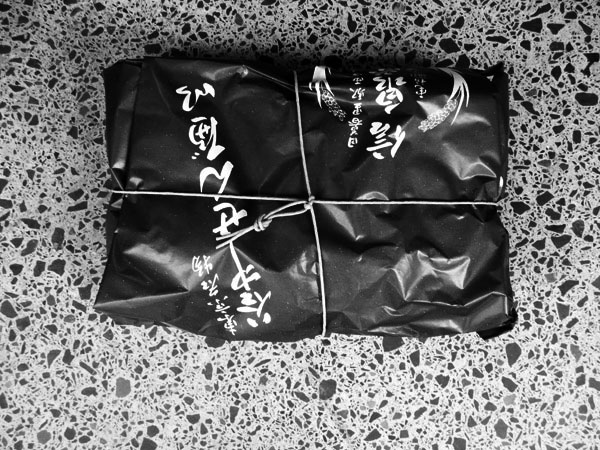
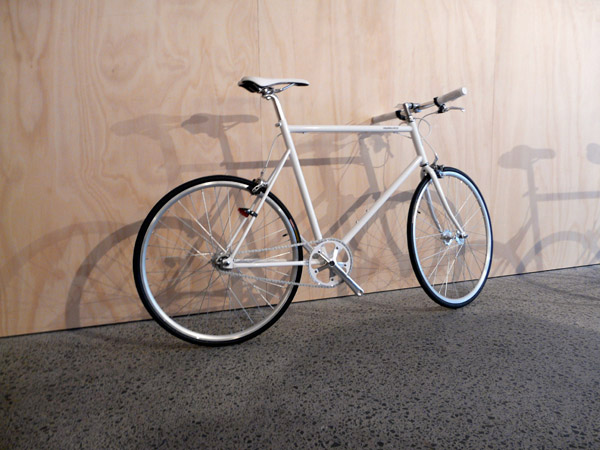
x
Clear Paddock Creek
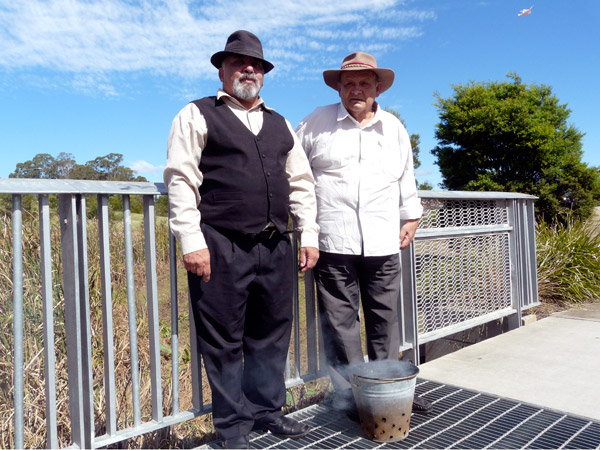
In April I met two Aboriginal Elders who had just performed a smoking ritual as part of Lao New Year celebrations at a Buddhist temple in Edensor Park, Sydney. When the speeches were over they walked slowly through the park at the back of the temple with a big, fragrant clutch of eucalyptus leaves smouldering away in a perforated metal bucket.
Lao New Year (my first experience of it) appears to be a happy time; the reverence is clearly there but it’s colourful, crowded, family-orientated, and tolerant (someone had managed to give the littlest kids balloons with the Uniting Church logo on them but no-one seemed to mind)—and with non-stop music and a high volume public address system going full pelt with announcements…it’s loud.
What struck me then, was how the two elders—Uncle Greg and Uncle Wes—just quietly got on with it. I don’t think anyone else noticed them as they slipped away from the reception tent and walked along the path towards the bridge, cleansing the park with smoke along the way.
The bridge they’re standing on is over Clear Paddock Creek. I haven’t researched the name but I can guess how it happened and I wonder what the creek was called a few hundred years ago, before the bush was taken away to turn it into pasture. As obvious as it is, it always intrigues me that names are echos of things that went before. Clear Paddock Creek runs into Orphan School Creek which becomes Prospect Creek then the Georges River and Botany Bay.
At the end of their walk Greg and Wes stopped at the bridge for ten or so minutes, allowing the smoke to drift through the steel mesh, and talked about the polluted appearance of the stream. Bits of plastic and food wrappers had snagged in the flattened reeds and the sluggish creek had that dull-grey, soapy bathwater look that indicates nothing much in it is likely to be alive*. Uncle Greg said, “You could drink that water once.” Uncle Greg is the one in the vest.
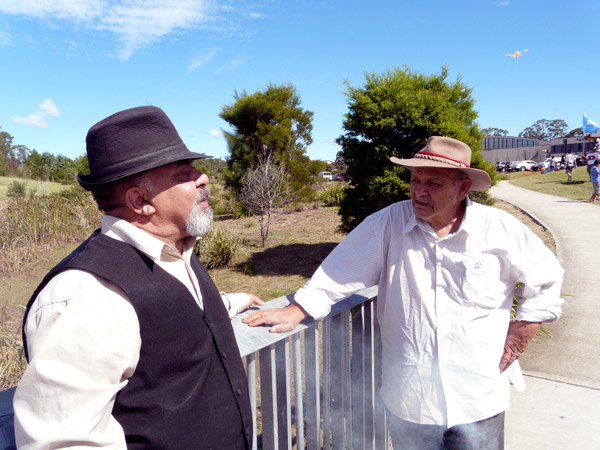
*
Fairfield City Council has a project called Restoring the Waters. Sections of Clear Paddock Creek and the land it runs through have been turned from concrete drains in bleak settings back into a more natural form. The Restoring the Waters site says, “The Project has developed an urban landscape of bio-diversity with clean, clear waters to be enjoyed by all.” Looking at this, and their Creek Care Program it’s easy to see that they have completed an enormous list of works.
Tokyo Bike
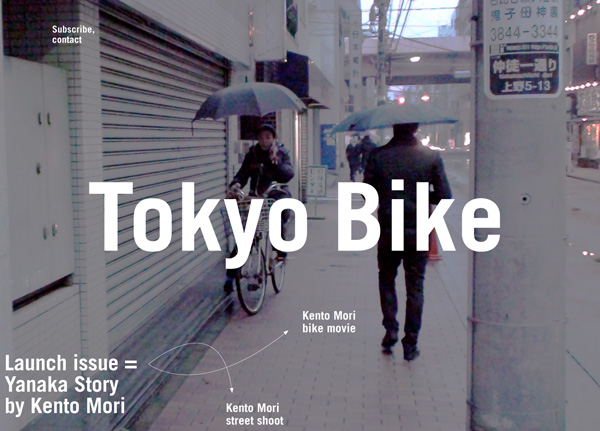
Bike riding in Japan is part of life, it’s about enjoying the ride, exploring the city, and the freedom that goes with that.
Tokyo Bike is a small and independent bicycle company which launched in the old Tokyo suburb of Yanaka eight years ago.
More about slow, than fast, Tokyo Bikes were designed for a city where destination is only part of the story, and losing yourself in the small back lanes and expansive parks and gardens is a way of escaping the crazy pace of Tokyo.
Tokyo Bikes are light in weight (between 9 and 11 kilos), easy to carry up to your apartment, and light on graphics and logo, with new colours released each season.
Tokyo Bike opens its first shop in Australia in May 2010.
Writer/photographer: Heidi Dokulil. Designers: Graeme Smith, Lee Wong.
A holding page giving access to more information will be up after Friday 19 March.
Small screen people
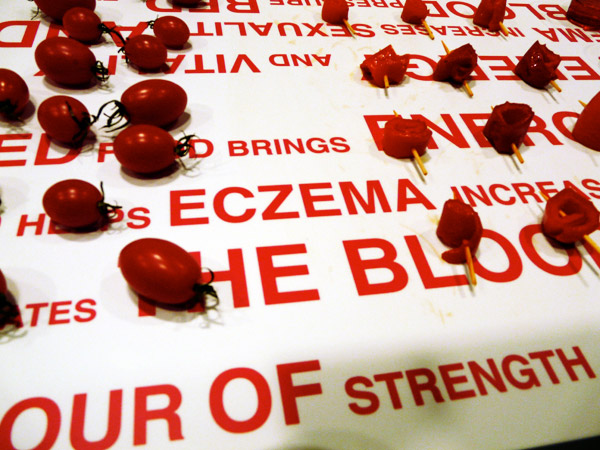
On the small screen of my camera I saw five more people, each looking—on small screens—at this gorgeous installation for all of the senses, called Eating + Design, by Marije Vogelzang, Axis Gallery, Tokyo.
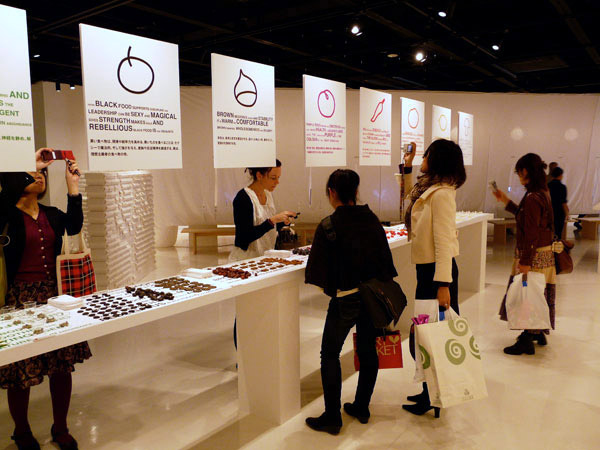
x
Gazing at the Contemporary World
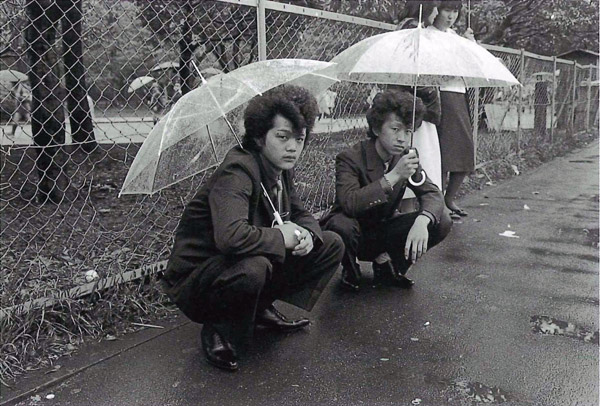
Gazing at the Contemporary World:
Japanese Photography from the 1970s to the Present
In my head, I have this observation about what it is poets do (distil amazing sense from ordinary meanings) from Emily Dickinson.
Incongruous as it may seem to use a job description for poets written by a decorous 19th century American to begin a review on contemporary Japanese photography—it’s one of the pieces of language that comes to mind as I look at these photographs; and it does connect (for me) to another quote, from photographer Nobuyushi Araki, on one of the first object labels in the exhibition: about capturing an energy that exists in ordinariness.
Can you guess what the cop said to me that time? It was a classic: “Why are you taking pictures when there’s nothing special happening?” For him, a photograph was something you took when something special was going on. He thought a photo had to be of something out of the ordinary, so he couldn’t see why anyone would take a picture if there wasn’t anything happening. Why photograph the totally ordinary everyday stuff when nothing’s actually happening out there? He put his finger right on what I was doing, or what I wanted to do.
A 60s-style bus, out there somewhere in a soft, dark, enveloping landscape in a picture titled Kariudo (Hunter, 1972); a stylish looking, hands-in-pockets butoh performer (2001); the sweat-crinkled back of a summer dress from the Subway Love series (1962–73); vaguely recognisable city skylines less built than ones now well-known, and four girls presumably out for the night, crouched on a Shinjuku pavement in 1981. Those early 80s hairstyles, the shoes, the makeup, all create an initial moment for me, of ‘where was I when this happened?’ that quickly converts to ‘where are they now?’—indicating the beginnings of a slow and poignant contemplation of the absence of things, often things commonplace, that is sometimes labelled ubi sunt. A ‘where are’ experience.
Some exhibitions of photography seduce and pull you in, but the most transforming also push back, making you fall back more on your own ways of dealing with the image. My own reaction to these photographs, and why they appeal—or should I say affect me—is that so many of them are suffused with this beautiful, quiet, introspective sense of the loss of everyday things, particularly in those nothing-special, non-happenings that are mostly thought of as ordinary.
~
Gazing at the Contemporary World: Japanese Photography from the 1970s to the Present is an exhibition currently on at the Japan Foundation, Sydney. It was curated by Rei Masuda, Curator of Photography, The National Museum of Modern Art, Tokyo.
Japan Foundation Gallery
Level 1, Chifley Plaza, 2 Chifley Square, Sydney
22 February–4 March 2010
Monday–Friday and Saturday 27 February
11.00am–4.00pm
Photography reproduced by kind permission of the Japan Foundation
George Hashiguchi, Rainy Sunday from the series The Look, 1981
Mitsugu Ohnishi, from the series The Long Vacation, 1983–91
Hiroh Kikai, A Performer of Butoh dance from the series Persona, 2001
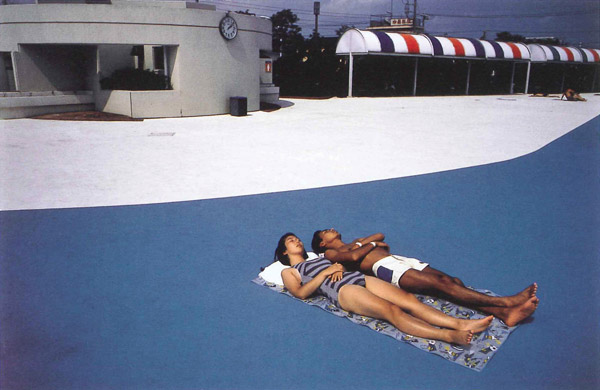
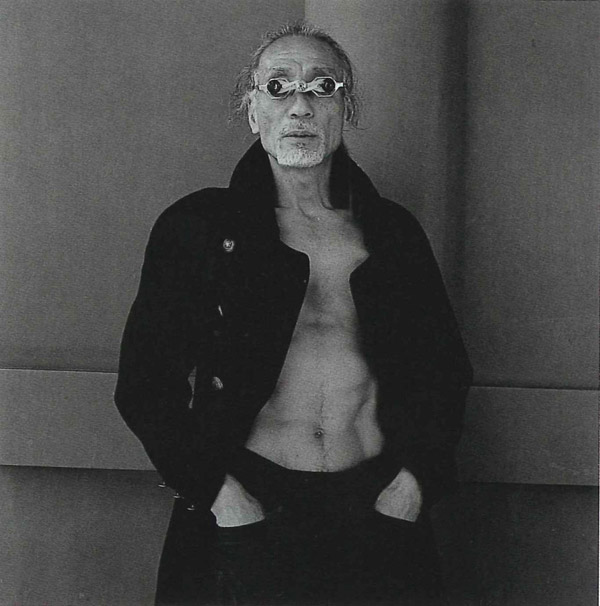
x

